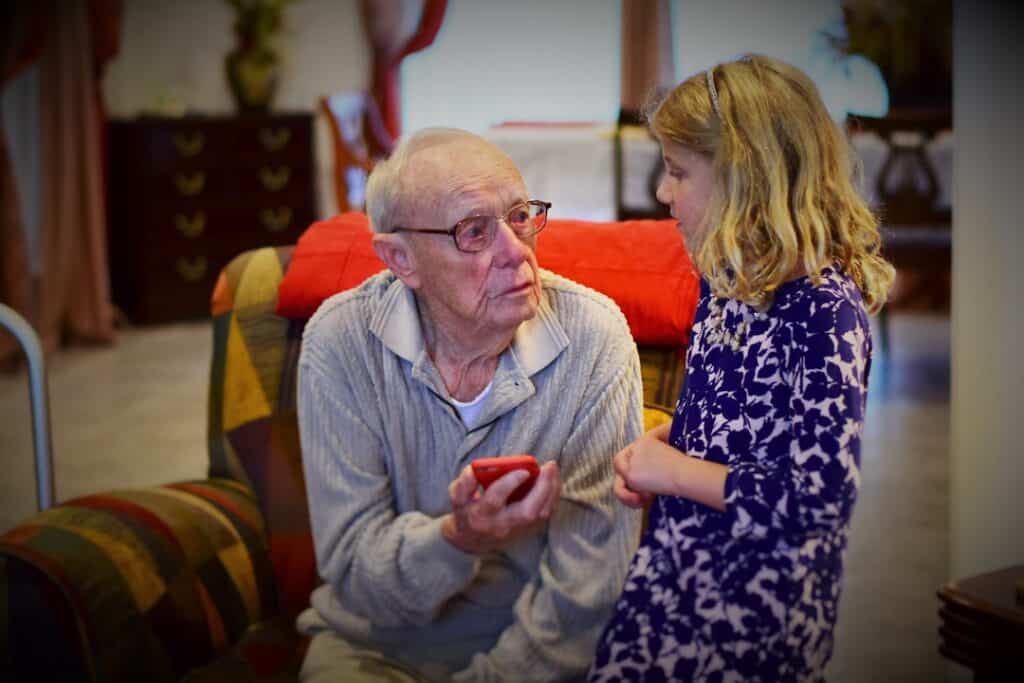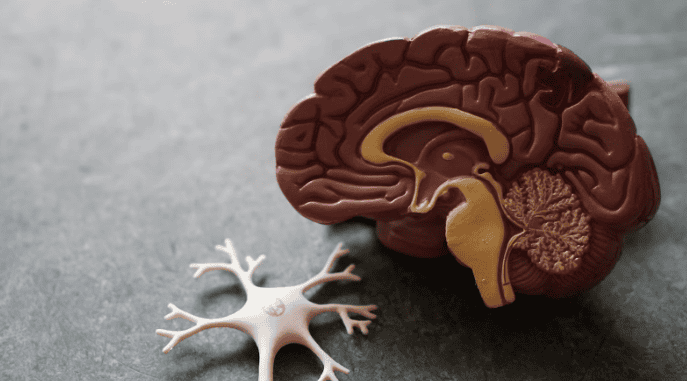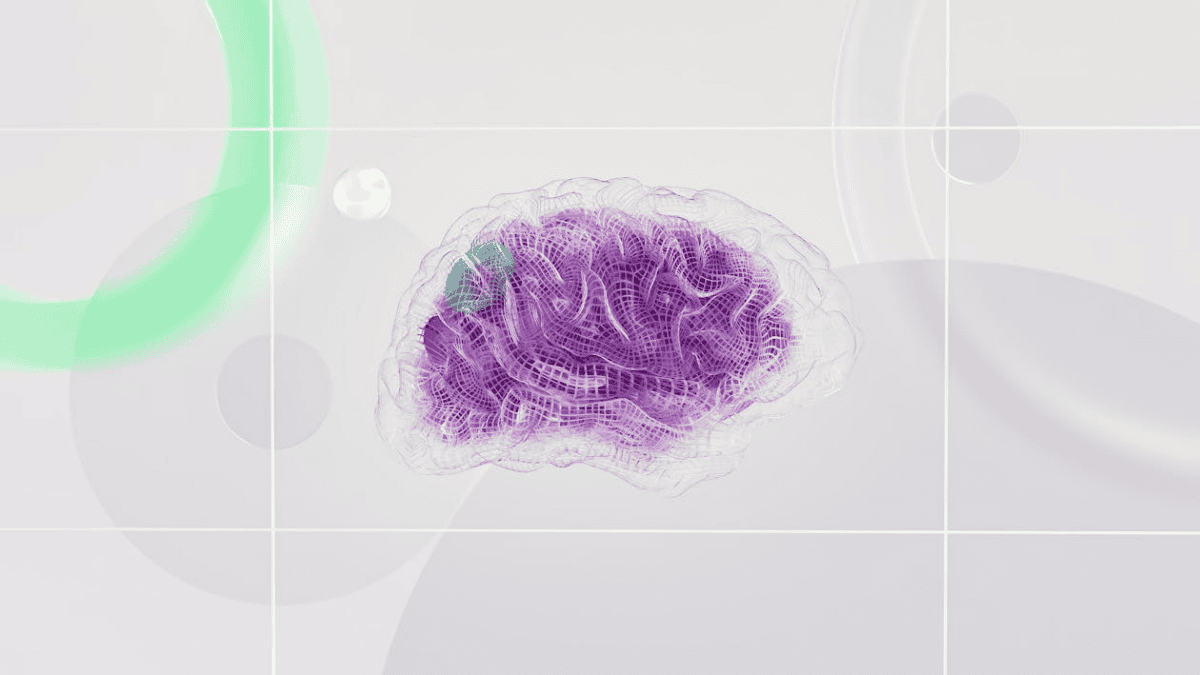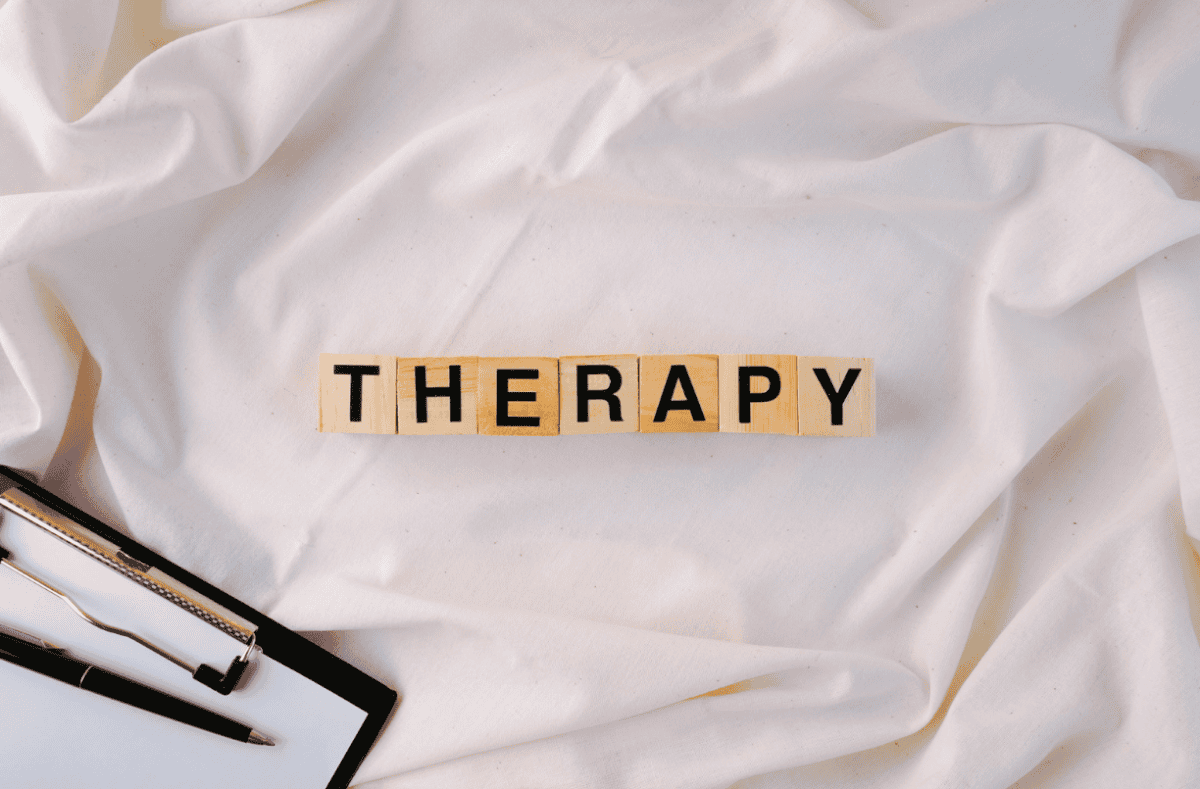Being diagnosed with Alzheimer’s disease can feel overwhelming and frightening, both for the individual and their loved ones. The uncertainty of what lies ahead may lead to feelings of isolation and confusion.
It’s important to understand that while Alzheimer’s is a progressive condition, resources and support systems are available to help manage the disease from the very beginning.
This article will explore what to expect, how to find support, and tips for managing and fighting Alzheimer’s in the early phases.
Navigating the Early Stages: What to Expect After a Diagnosis
Subtle changes in memory and cognitive function can mark the early stages of Alzheimer’s. Patients might forget familiar names or misplace items, but these early signs are often not immediately alarming. However, as symptoms gradually worsen, individuals and their families may notice more significant disruptions in daily life.
After diagnosis, patients will likely be advised to make lifestyle changes that promote cognitive health. Doctors may recommend regular physical exercise, a balanced diet, and mental stimulation activities like puzzles or reading. Medication may also be prescribed to help manage symptoms and improve daily functioning in the early stages.
Emotional challenges can accompany an Alzheimer’s diagnosis as patients and their families adjust to new realities. Anxiety, depression, and feelings of loss are common, and support from mental health professionals can be helpful. Being open about these feelings and seeking professional help can create a healthier environment for coping with the disease.
In addition to medical care, individuals diagnosed with Alzheimer’s should consider joining support groups. These groups offer opportunities to connect with others who are going through similar experiences. Back the Fisher Center for Alzheimer’s Research Foundation’s efforts to increase awareness and research into early-onset Alzheimer’s and dementia.

Support Systems: Finding Help for You and Your Family
Caring for someone with Alzheimer’s can be emotionally and physically demanding. It’s essential to build a support network early on, as this will provide resources and guidance throughout the disease’s progression. Family members, friends, and professional caregivers can all play key roles in supporting the person diagnosed.
One of the most valuable resources available is professional counseling. Alzheimer’s support groups can connect patients and caregivers to experts who understand the complexities of the disease. These professionals can offer coping strategies and help guide families through difficult decisions.
In addition to counseling, local organizations offer support tailored to those living with Alzheimer’s. Many national and regional programs provide informational materials, activities, and events designed to ease the burden of care. Connecting with these groups helps families stay informed and gain access to tools that can improve daily life.
Respite care services provide caregivers a much-needed break while ensuring their loved ones receive appropriate care. These services can be arranged through home health agencies or local community organizations. Utilizing respite care can help prevent caregiver burnout, ensuring long-term care sustainability.

Practical Tips for Fighting Alzheimer’s in the Early Phases
Managing Alzheimer’s in its early stages requires attention to routine and daily structure. Establishing a consistent daily schedule helps reduce confusion and anxiety. Regularly performing tasks, such as taking medication simultaneously every day, can help create a sense of familiarity.
Memory aids are invaluable tools in the early stages of Alzheimer’s. Simple strategies like using sticky notes, setting phone reminders, or creating a memory book can assist in recalling important information. These aids reduce the frustration of forgetfulness and offer a sense of control.
Creating a safe environment is a priority in managing Alzheimer’s. Homes should be organized to minimize risks, such as removing clutter and securing dangerous items. Installing safety measures, like grab bars in the bathroom or locking up cleaning supplies, helps prevent accidents and encourages independence.
Encouraging social engagement and cognitive activities can slow cognitive decline. Playing games, engaging in creative hobbies, and spending time with loved ones stimulate the mind. These activities can enhance quality of life and foster a sense of fulfillment for the individual diagnosed and their family.
Altogether, managing Alzheimer’s in its early stages requires a combination of medical care, emotional support, and practical strategies. By building a strong support system and utilizing helpful tools, individuals and their families can navigate the challenges of the disease with greater confidence and resilience.





























